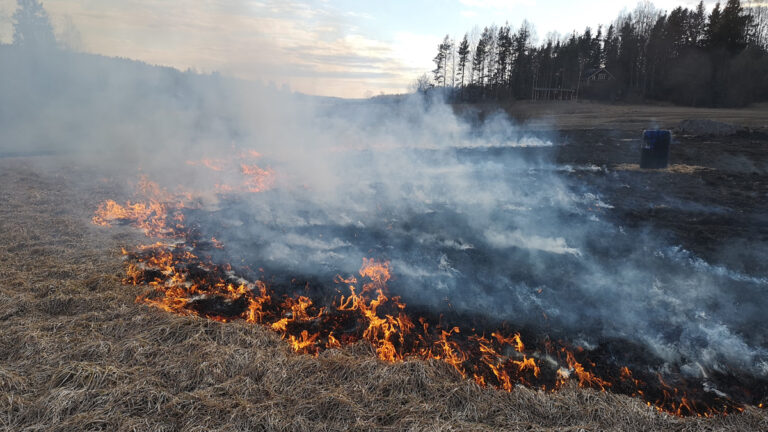Starting this spring, the Finnish Meteorological Institute (FMI) will no longer issue separate grass and forest fire warnings but will replace them with a wildfire warning. The new term is defined in the revised Rescue Act, which entered into force at the beginning of 2024.
“The warnings aim to reduce wildfires in situations where the risk of a wildfire is evident, due to the drought of the terrain and weather conditions,” said account manager Tuomo Bergman from the Finnish Meteorological Institute.
Wildfire warnings are day-specific and can be issued up to five days in advance. The warning for the day is always given at midnight, but warnings can also be removed at other times, if the weather permits.
Yellow, orange and red levels
Warnings are published on the FMI website’s warnings map and on the local weather page. In the warnings map, a sign familiar from grass fires is used as the wildfire sign.
Wildfire warnings have three different levels – yellow, orange and red. The probability of large and rapidly propagating wildfires increases with orange and red level warnings.
Weather observations
When issuing warnings, the meteorologist uses the wildfire index, as well as weather observations and forecasts, in addition to their own expertise. The wildfire index calculates the dryness of the terrain, using weather observations, such as precipitation, air temperature and wind. The index has been developed at the Finnish Meteorological Institute to suit Finnish conditions.
In related news, the FMI recently released research dedicated to developing improvements to monitoring the freeze/thaw (F/T) state with synthetic aperture radar (SAR) satellites. Click here to read the full story.



